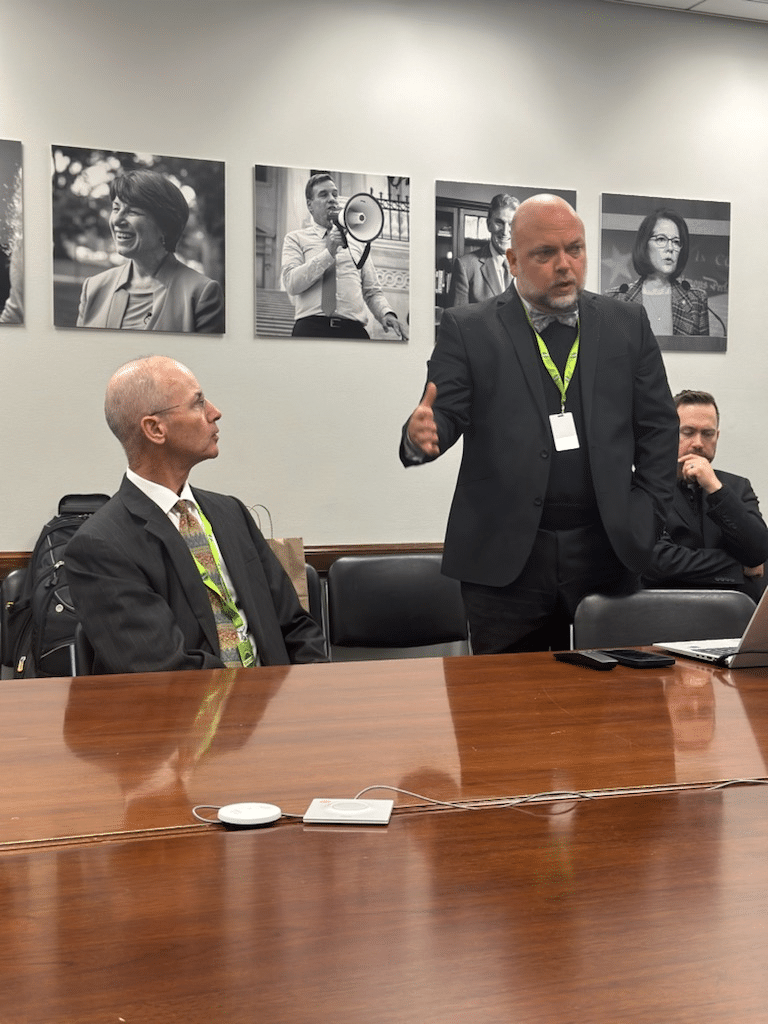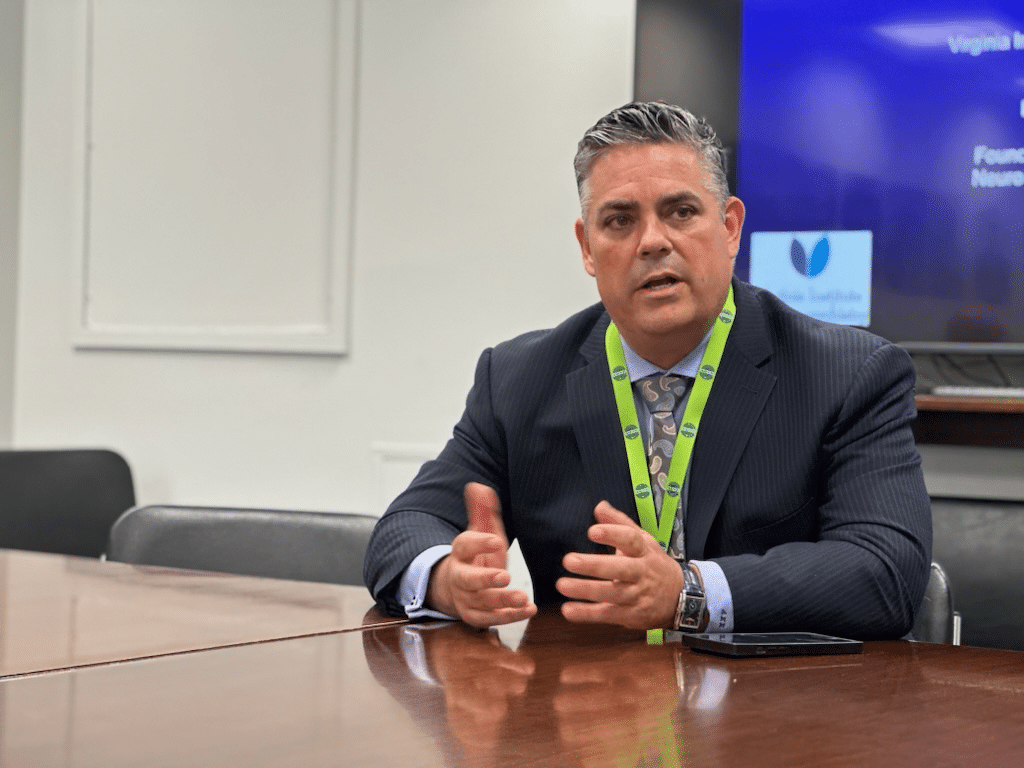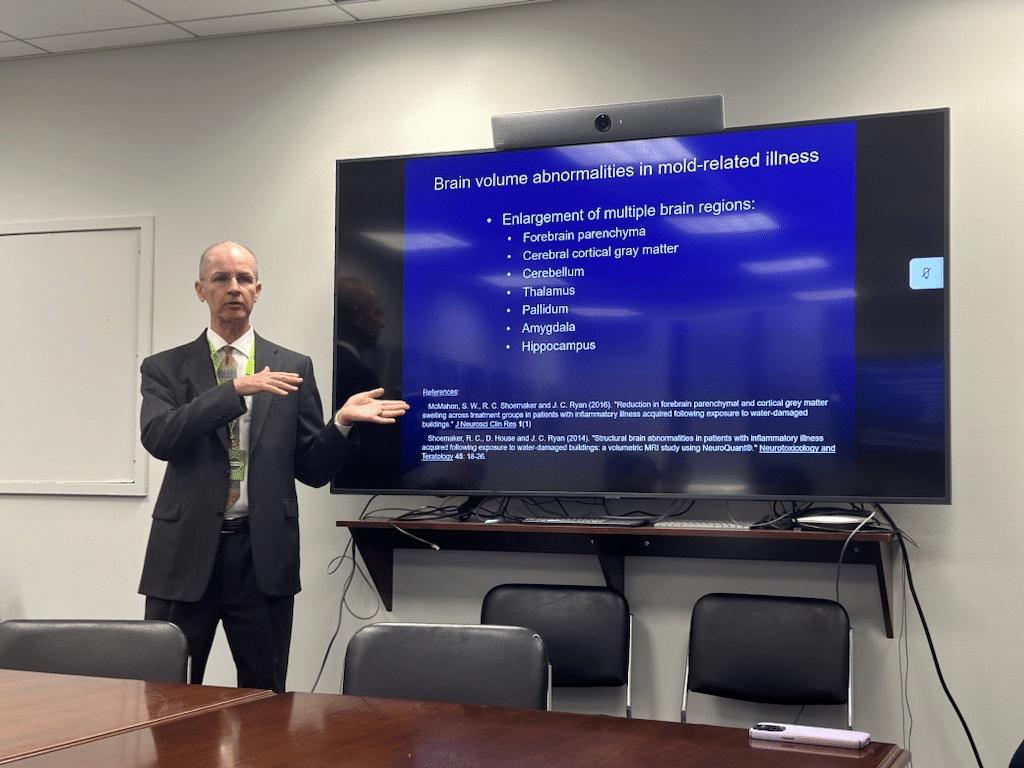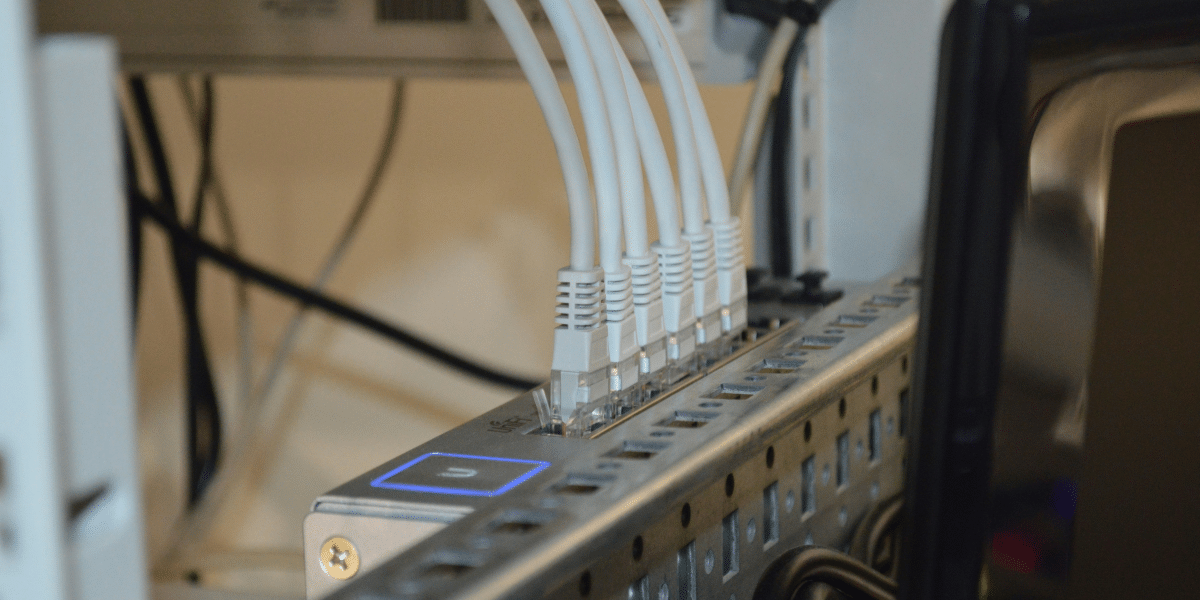In an era where the echoes of warfare linger long after the battlefield falls silent, the invisible wounds carried by veterans and military personnel demand urgent and innovative responses. On April 26, a significant stride was made in this direction when Dr. Heyman and Dr. Ross presented their groundbreaking research on brain injury patterns among veterans and military personnel to the U.S. Senate. Their findings illuminate a path not only towards understanding but potentially revolutionizing the approach to mental health care within these communities.
The prevalence of brain injury within the veteran and military population has long been underestimated, cloaked beneath a veil of stoicism and underdiagnosis. Dr. Heyman and Dr. Ross, through their exhaustive studies, have peeled back this veil to reveal that the issue is far more widespread than previously acknowledged. Their research focuses on changing the narrative from one of mere recognition to proactive intervention, highlighting how specific brain scans can significantly reduce potential suicides among veterans.
Kenneth T Davis, PhD, Chairman of the BIED Society, encapsulated the urgency of this mission with his statement: “We are committed to bridging gaps in understanding and treatment for our veterans’ unseen wounds.” This commitment is echoed in his call for Veteran Service Organizations (VSO) to unite under a Suicide Prevention Task Force Partnership – a testament to collective action’s power in confronting this crisis.
The insights shared with the Senate underscore a critical shift towards utilizing advanced imaging technologies to identify subtle yet profound alterations in brain structure associated with traumatic injuries. This method stands as a beacon of hope for many who have served, offering not just diagnosis but pathways to tailored treatments that address individual needs rather than applying broad-spectrum solutions.

What sets apart this latest research initiative is its holistic view towards both diagnosis and intervention. Traditional approaches have often been fragmented or reactive; however, Drs. Heyman and Ross advocate for an integrated strategy that considers both biological markers and psychological impacts concurrently. By leveraging cutting-edge brain scanning techniques, they aim at early detection of risk factors that could lead toward suicidal tendencies – thereby enabling preemptive care strategies rather than waiting until crises occur.
This push for innovation extends beyond medical practices into policy-making spheres as well. The presentation before the Senate wasn’t merely academic; it was a clarion call for legislative support in advancing mental health resources tailored specifically for those who have borne the brunt of national service on their psyches as well as their bodies.

Behind these efforts lies a broader narrative about society’s obligation towards its protectors; recognizing that honoring their sacrifice means providing them with access to care that acknowledges and addresses their unique experiences without stigma or delay. The BIED Society’s role is pivotal here – serving not just as an advocate but as a bridge connecting researchers, policymakers, VSOs, and most importantly, veterans themselves in collaborative pursuit of solutions that can literally save lives.
As this initiative gains traction through social media channels (www.biedsociety.com) and beyond, it fosters an expanding community dedicated to transforming veteran mental health landscapes. It’s an endeavor that demands not only scientific acuity but also moral courage – challenging entrenched perceptions about military mental health issues while advocating fiercely for those affected.
Looking ahead, what emerges from Drs Heyman’s & Ross’s work is more than just empirical data; it’s a blueprint for systemic change in how we perceive, prevent, & treat mental health challenges amongst our veteran populations.
Their research marks not just a step forward in clinical practices but symbolizes a broader societal shift towards empathy-driven innovation – where technology serves humanity by bringing light into some of its darkest corners.
In summing up their journey so far without resorting to clichés like “in conclusion,” it suffices to say that this effort represents both culmination & commencement – an ending point of outdated methodologies & beginning anew with strategies capable of genuinely addressing the intricate maze of veteran mental health challenges.
Through their pioneering work supported by entities like BIED Society & engagement across various platforms including social media & direct interactions with policy makers & stakeholders alike – there exists now more than hope – there lies tangible pathways leading toward healing & ultimately saving lives lost too often amidst shadows cast by unresolved traumas born out of service.

Brandon Sivret, the BIED Society Artificial Intelligence Director is using AI to triage those most at risk for potential brain injuries. Leveraging cutting edge technology with known risks and new risks that are brain injuries that often are miss-labeled or overlooked like college sport injuries from football or soccer and the dire impact of black mold limiting actual function.
Such endeavors not only redefine duty but also underscore our collective responsibility towards those who’ve served; ensuring they receive care reflective not just of our capabilities but our compassion too.
Published by: Martin De Juan






